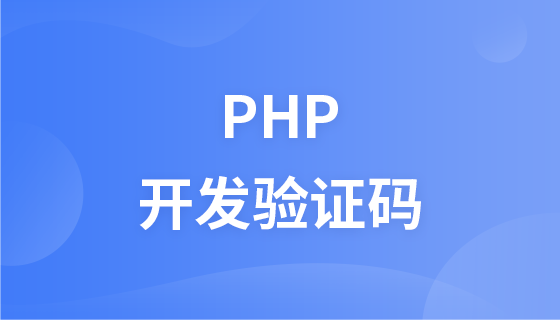
Course Advanced 20355
Course Introduction:PHP practical tutorial, learn how to make verification codes and verifications with numbers and letters, and understand all aspects of the difficulties and processes.
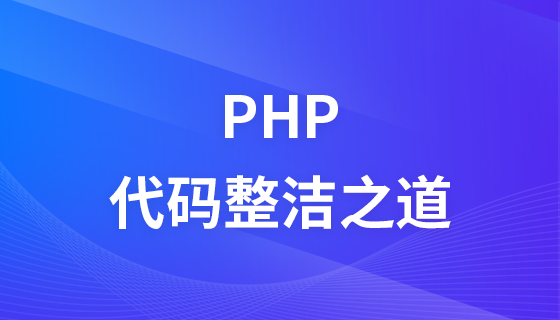
Course Intermediate 30676
Course Introduction:This course refers to the software engineer's principles from Robert C. Martin's Clean Code book and applies to PHP. This is not a style guide. This is a guide to developing readable, reusable, and reconfigurable PHP software. Not all of the principles here must be followed, and few are even universally accepted. Although these are just guidelines, they are all summarized by the Clean Code authors over the years.
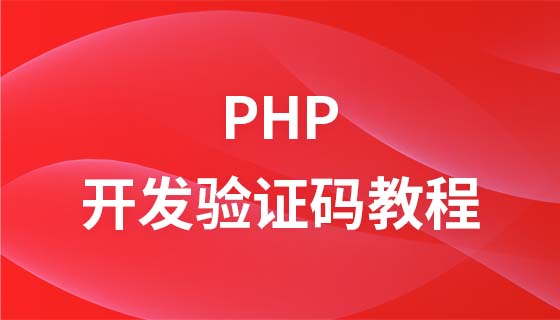
Course Advanced 9935
Course Introduction:"PHP Development Verification Code Tutorial" will introduce how to use PHP code to create a simple verification code
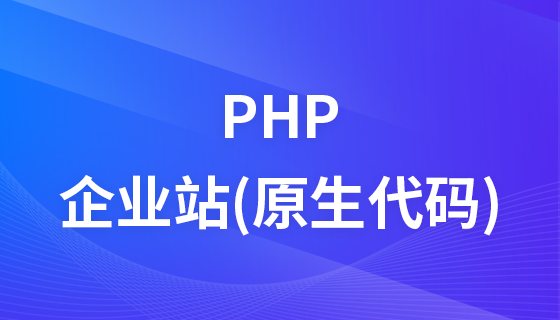
Course Elementary 15268
Course Introduction:PHP Practical Enterprise Website (Native Code)" This course is an enterprise website written using native php+mysql statements. It is mainly used to demonstrate to novice friends how to use native PHP code to operate our database. It is also helpful for learning PHP and mysql is helpful
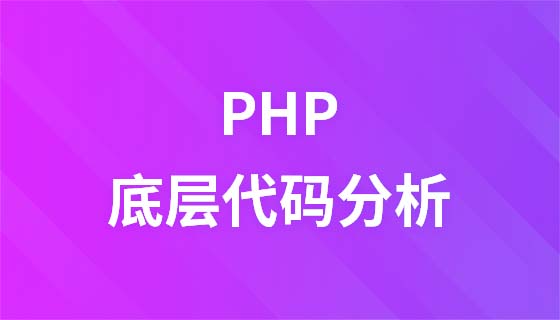
Course Advanced 9228
Course Introduction:"PHP Underlying Code Analysis Video Tutorial" talks about the operating mechanism of PHP's underlying code and how PHP operates, giving you a deeper understanding of PHP.
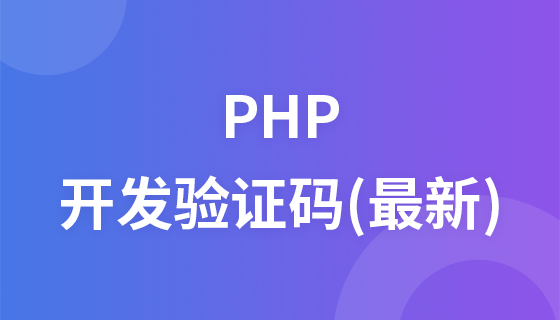
Course Advanced 19597
Course Introduction:PHP practical tutorial, learn how to make verification codes and verifications with numbers and letters, and understand all aspects of the difficulties and processes.
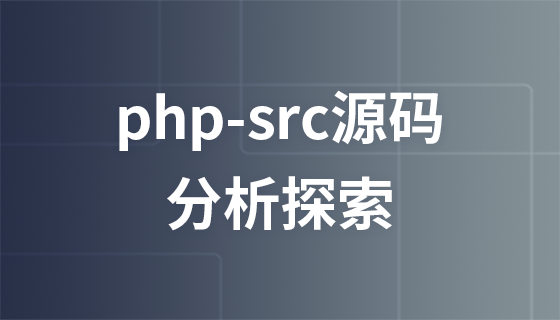
Course Elementary 3524
Course Introduction:If you have any questions, please contact WeChat: Le-studyg; in-depth exploration of PHP source code and understanding of its internal working principles is the path to advancement for every PHP developer. This course will lead students to analyze the source code of PHP (php-src), and comprehensively analyze the underlying implementation of PHP from core language features to extension mechanisms. By analyzing the source code, students will gain an in-depth understanding of PHP's internal mechanisms, such as memory management, garbage collection, function calls, etc., thereby improving their understanding of PHP performance tuning and extension development. This course is suitable for developers who have a certain foundation in PHP and who want to deeply understand the internal principles of PHP and improve their technical level. Let us explore the source code world of PHP and uncover the mystery of PHP!
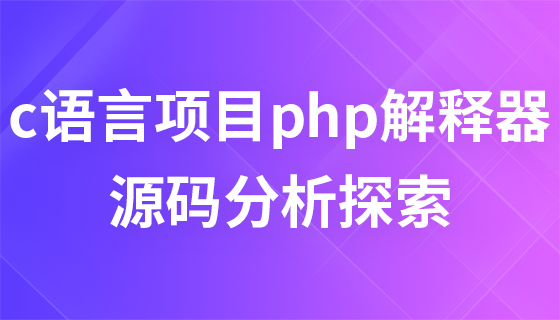
Course Elementary 3872
Course Introduction:If you have any questions, add WeChat: Le-studyg; in the course, we will first understand the background and characteristics of the PHP language, as well as the role and working principle of the PHP interpreter. Next, we will analyze the core components of the PHP interpreter in detail, such as lexical analysis, syntax analysis, virtual machine, etc., and gain an in-depth understanding of its internal implementation mechanism. In addition, the course will also introduce how to use C language to write various modules of the PHP interpreter, including lexical analyzer, syntax analyzer, virtual machine, etc. Through practical projects, students will personally implement a simple PHP interpreter and deepen their understanding of the PHP interpreter source code. Through the study of this course, students will be able to deeply understand the working principle and internal implementation mechanism of the PHP interpreter, and master the methods and techniques of writing PHP interpreters using C language. At the same time, students will also develop their ability to analyze and solve problems, and improve their programming skills and project practice capabilities. Whether you are a beginner who is interested in the PHP language or a developer who wants to have a deeper understanding of the internal mechanisms of the PHP interpreter, this course will provide you with valuable experience and inspiration. Let us explore the mysteries of the PHP interpreter and start the programming journey!
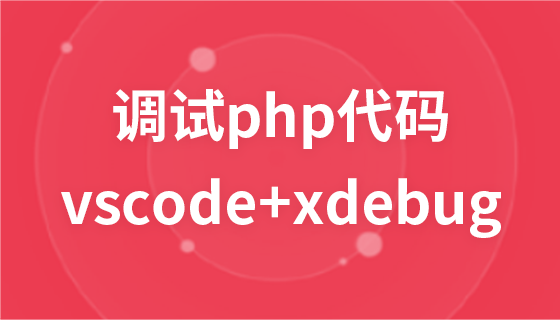
Course Elementary 4653
Course Introduction:This course will guide you to build a powerful PHP debugging environment from scratch using phpenv, VSCode and Xdebug. Master how to set up and run PHP projects on a local server and use Xdebug for code debugging. Through practical operations, you will have an in-depth understanding of the debugging process, improve your ability to troubleshoot problems, and improve development efficiency. Suitable for developers with certain PHP foundation and VSCode experience. Important 2 lines of code: xdebug.remote_enable = 1 xdebug.remote_autostart = 1

Course Elementary 13742
Course Introduction:Scala Tutorial Scala is a multi-paradigm programming language, designed to integrate various features of object-oriented programming and functional programming.

Course Elementary 82249
Course Introduction:"CSS Online Manual" is the official CSS online reference manual. This CSS online development manual contains various CSS properties, definitions, usage methods, example operations, etc. It is an indispensable online query manual for WEB programming learners and developers! CSS: Cascading Style Sheets (English full name: Cascading Style Sheets) is an application used to express HTML (Standard Universal Markup Language).

Course Elementary 13130
Course Introduction:SVG is a markup language for vector graphics in HTML5. It maintains powerful drawing capabilities and at the same time has a very high-end interface to operate graphics by directly operating Dom nodes. This "SVG Tutorial" is intended to allow students to master the SVG language and some of its corresponding APIs, combined with the knowledge of 2D drawing, so that students can render and control complex graphics on the page.

Course Elementary 24578
Course Introduction:In the "AngularJS Chinese Reference Manual", AngularJS extends HTML with new attributes and expressions. AngularJS can build a single page application (SPAs: Single Page Applications). AngularJS is very easy to learn.

Course Elementary 27435
Course Introduction:Go is a new language, a concurrent, garbage-collected, fast-compiled language. It can compile a large Go program in a few seconds on a single computer. Go provides a model for software construction that makes dependency analysis easier and avoids most C-style include files and library headers. Go is a statically typed language, and its type system has no hierarchy. Therefore users do not need to spend time defining relationships between types, which feels more lightweight than typical object-oriented languages. Go is a completely garbage-collected language and provides basic support for concurrent execution and communication. By its design, Go is intended to provide a method for constructing system software on multi-core machines.
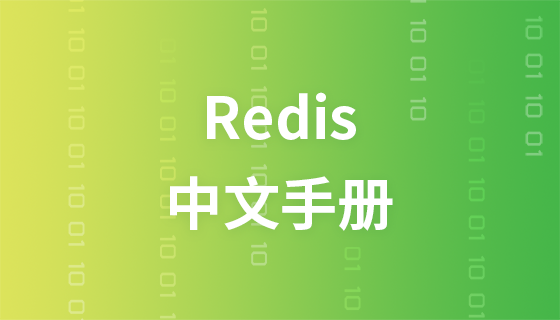
Course Elementary 57881
Course Introduction:"Redis Command Operation Chinese Manual" is the latest official Redis online reference manual. Redis is an in-memory cache database. This manual contains various Redis operation commands with Chinese explanations. You will learn to master the efficient use of Redis in the data server. It is a must-have online query for Redis learning and users. Refer to the documentation tutorial!
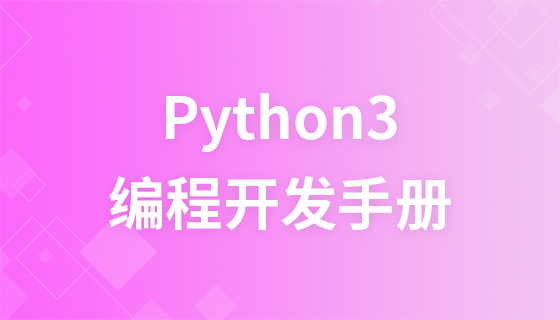
Course Elementary 87564
Course Introduction:"Python 3 Tutorial" The 3.0 version of Python is often called Python 3000, or Py3k for short. This is a major upgrade compared to earlier versions of Python. In order not to bring too much burden, Python 3.0 was not designed with backward compatibility in mind. Python language is very simple and easy to use for beginners and to complete common tasks.
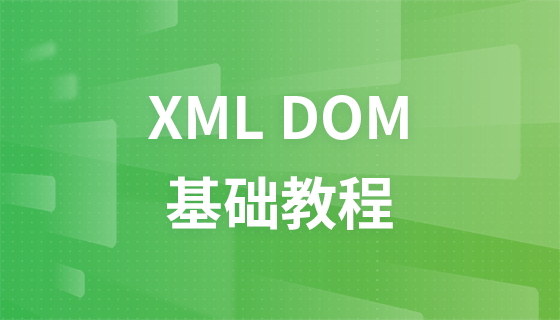
Course Elementary 21041
Course Introduction:"XML DOM Tutorial" XML DOM defines a standard method for accessing and manipulating XML documents. DOM treats an XML document as a tree structure, with leaves defined as nodes. If you want to use XML, you need to understand the XML DOM.
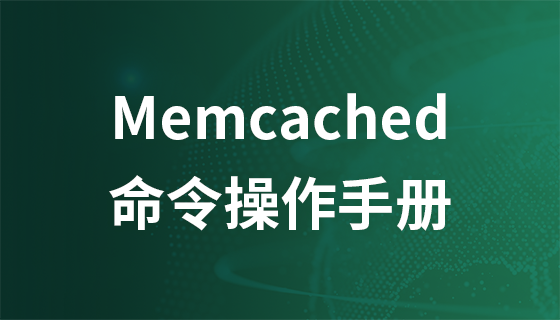
Course Elementary 17782
Course Introduction:"Memcached Command Operation Manual" is the latest official Memcached online reference manual. In this Memcached document, various Memcached operation commands are provided with Chinese explanations. You will learn how to use Memcached to reduce database load and improve performance. It is a must-have online query reference document tutorial for Memcached learners and users!
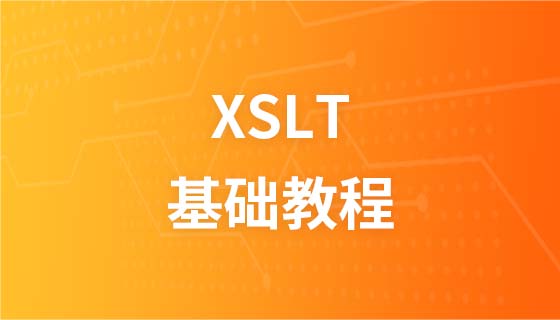
Course Elementary 9833
Course Introduction:"XSLT Tutorial" XSL refers to the EXtensible Stylesheet Language (EXtensible Stylesheet Language), which is a stylesheet language for XML documents. XSLT refers to XSL Transformation. In this tutorial, you will learn how to use XSLT to transform an XML document into another document, such as XHTML.
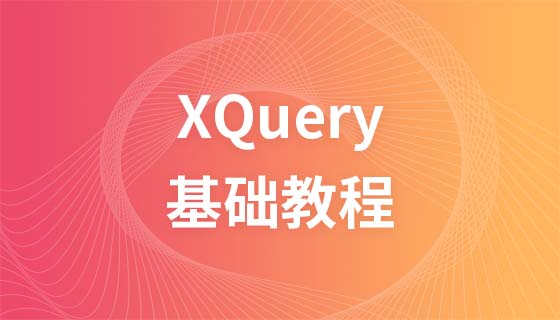
Course Elementary 9161
Course Introduction:"XQuery Tutorial" XQuery is to XML what SQL is to databases. XQuery is designed to query XML data.